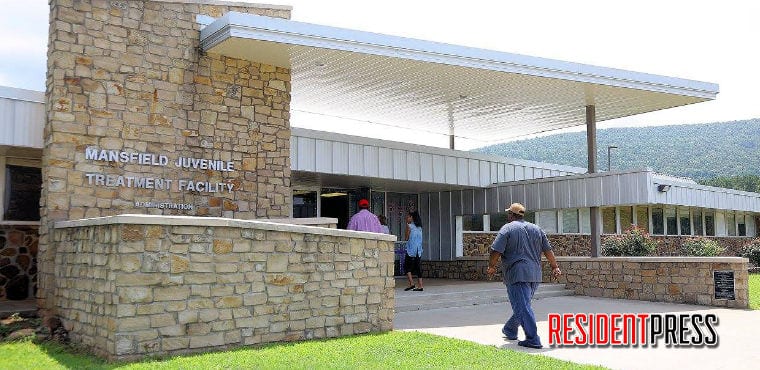This is part two in a series on the Juvenile Treatment Center, located just outside Mansfield. Throughout this series we will take an in-depth look into the program, find out what life is like for the offenders, workers and the impact it has on the area.
–See part 1
This is the mission, vision, purpose and focus for the Juvenile Treatment Center as set forth by the Department of Human Services, Division of Youth Services.
Mission
The mission of the DYS Education system is to provide, in a manner consistent with public education in the state of Arkansas as well as the nation, a system of high quality education programs to address the needs of juveniles, who come in contact with the juvenile justice system. To accomplish this mission, DYS will:
Identify and serve each child with a disability in the DYS system.
Improve the individual academic achievement of each child in the DYS system.
Provide an opportunity for progress toward state and local graduation requirements for each high school age child in the DYS system.
Provide an opportunity for post-secondary education preparation for each child that enters with or achieves graduate status while in the DYS system.
Vision
The vision for the DYS Education system is enhancement of the knowledge and skills of each child that will produce successful academic experiences and outcomes that will be transferred and continued in the community upon release.
Purpose
The purpose of the DYS Education system is to insure significant academic progress for each child that we serve in our institutional programs.
Focus
The goal of DYS education is to “mesh” not “match” with the public school system in Arkansas. By offering courses in the core subject areas that meet state standards and graduation requirements we offer a consistent opportunity for all of our students to make adequate progress toward graduation. This is primarily, due to the short length of stay for most students. Guidance services are in place to properly identify students for grade placement and to advise each student concerning progress toward graduation.
Youth who commit the more serious offenses are separately housed at one of the contract Juvenile Correctional Facilities or Juvenile Treatment Centers located throughout the state. The minimum residential length-of-stay in each program is six months, followed by an aftercare phase of at least six months.
“Our goal is to place the juveniles in close proximity to their homes,” said Keesa Smith, Deputy Director of DHS. There are further considerations, however. “There are a number of factors that affect the ultimate placement of a youth, including but not limited to treatment needs, age, risk factors, etc.,” added Marci Manley, Deputy Chief of Communications.
Governor Asa Hutchinson recently proposed statewide reform. -See related story. “We will be transitioning the girls currently located in Mansfield from this site and Mansfield will become all-male,” stated Smith. Adding, “our agency plans to increase the capacity of the Mansfield facility by 16.”
Smith noted that “we’ve had trouble getting funding in the past, but we have that funding now and will implement individualized treatment plans while working with the family.” Additionally, there will be a coordinated effort to add additional behavioral health clinicians and staff, who will be centralized but operate statewide. “The goal is to review the youth’s treatment plan every three months.”
State Senator Terry Rice is well aware of the goals set forth by the DYS, but recognizes what looks good on paper doesn’t always prove effective. “There are kids there, I feel like, should not be in Mansfield,” stated Rice. He has been working closely with officials in Little Rock to work toward a better atmosphere for the benefit of both the youth and workers. “I met with some folks a few weeks ago and I feel like we got through to the people and that it’s gonna get better,” Rice added.
In part three in this series we will look at what type of offenders are at the Mansfield location, and what life is like for the youth.






